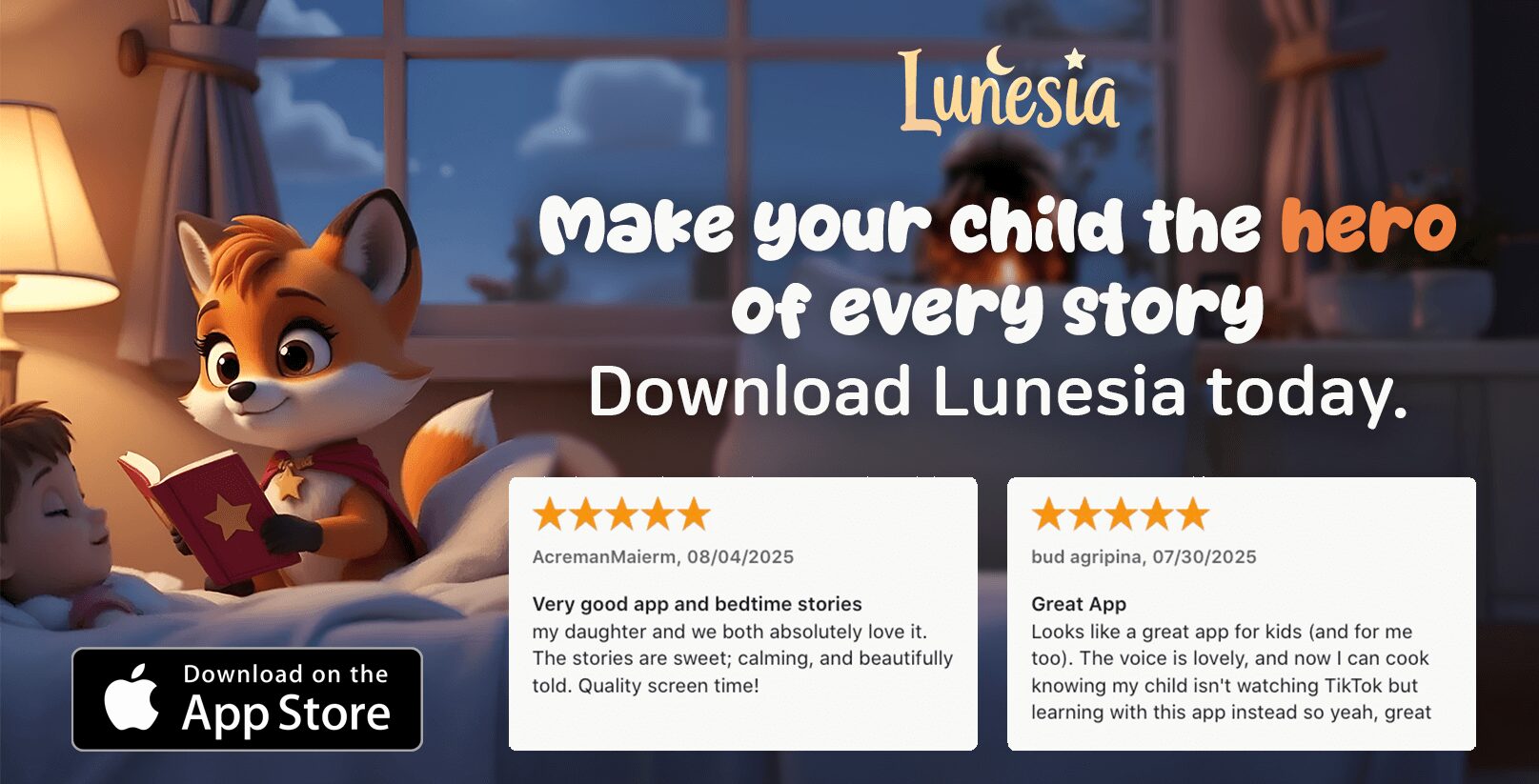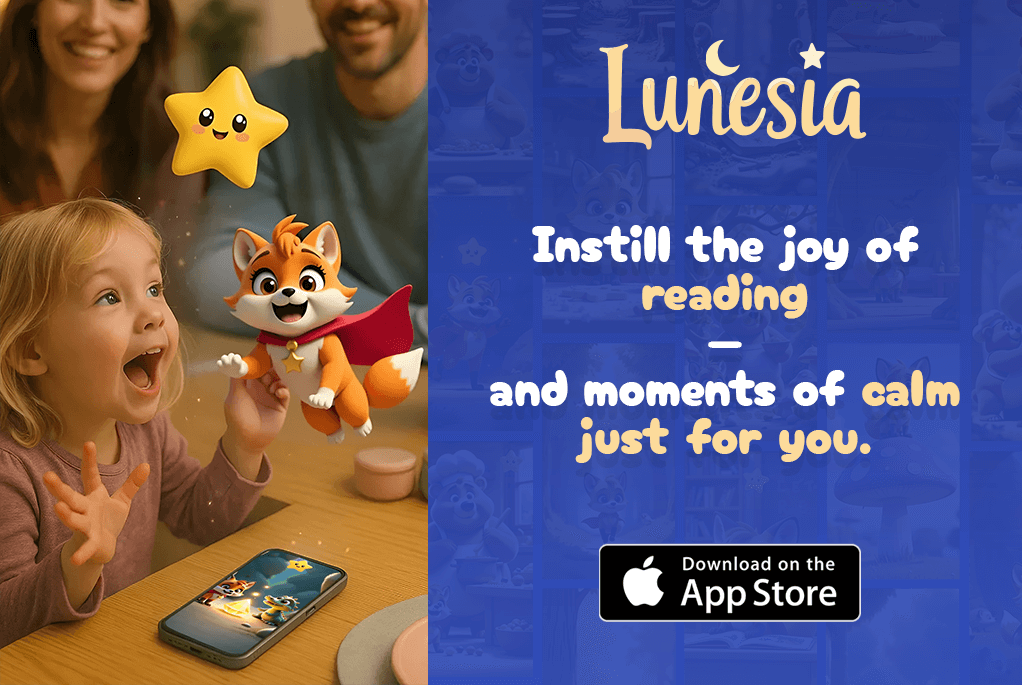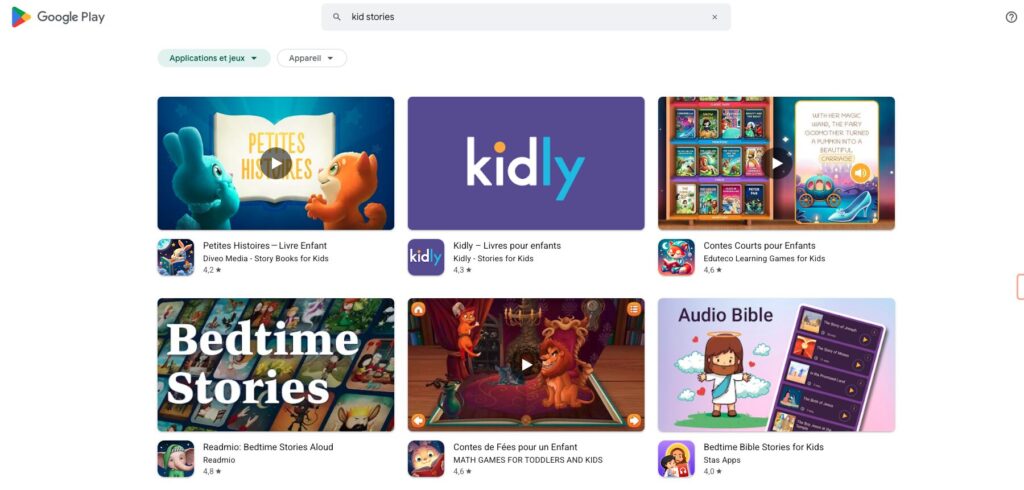As a parent, I know how challenging it can be to keep a child engaged while teaching them essential skills. Traditional methods often feel repetitive, leaving both you and your little one frustrated. But what if learning could be as exciting as playtime?

Interactive tools have transformed the way kids approach reading. They turn lessons into adventures, making every moment a chance to grow. These resources blend fun with education, ensuring your child stays curious and motivated.
In this article, we’ll explore how the right tools can make learning enjoyable and effective. Let’s discover how to balance screen time with meaningful development, giving your little one the best start possible.
Introduction: The Role of Story Apps in Early Literacy
Watching my child decode words independently was a game-changer in our literacy journey. Like many parents, I initially hesitated to introduce screens. But structured tools proved different—they turned frustration into fascination.
Quality learning platforms focus attention, unlike social media’s endless scroll. A 2005 study by Johnston & Watson showed kids using guided technology gained 3.5 years of comprehension skills in just 20 weeks. Modern tools build on this by adapting to each child’s pace.
Here’s how traditional and tech-assisted methods compare:
| Method | Engagement | Personalization | Skill Growth |
|---|---|---|---|
| Flashcards | Low | None | Slow |
| Interactive Apps | High | AI-driven | 19x faster* |
*2025 data shows parent-guided use accelerates learning dramatically.
Yet balance matters. These tools work best as supplements, not replacements. When my daughter mastered rhyming words through an app, we celebrated by writing our own stories together—blending technology with hands-on creativity.
For children, the right tools transform reading skills from chores to adventures. The key? Choosing platforms that prioritize comprehension over flashy animations.
Why Use Story Apps for Early Reading?
Finding the right tools to engage my child’s curiosity has been a rewarding journey. Technology has opened doors to creative ways of teaching essential skills. But like any tool, it has its strengths and limitations.
The Good and Bad of Educational Technology
One of the standout features of modern tools is their ability to adapt to each child’s pace. For example, Homer offers four-profile customization, while Reading.com focuses on a single, streamlined approach. This flexibility ensures every child gets a personalized experience.
Hooked on Phonics has been a trusted name since 1987, aligning with Common Core standards. Its structured lessons provide a solid foundation. Similarly, Readability Tutor uses AI-driven voice recognition to help kids improve pronunciation and fluency.

However, not all tools are perfect. Lingokids, while excellent for multilingual learning, can sometimes overwhelm younger users with its complexity. It’s essential to choose platforms that balance challenge with accessibility.
Here’s a quick comparison of popular tools:
| Tool | Key Features | Limitations |
|---|---|---|
| Homer | 4-profile customization | Higher cost |
| Reading.com | Single-focus approach | Less flexibility |
| Hooked on Phonics | Common Core aligned | Traditional format |
| Readability Tutor | AI voice recognition | Requires internet |
| Lingokids | Multilingual learning | Complex interface |
Parent feedback has been overwhelmingly positive. One mom shared, “My 7-year-old became our early reader!” This shows how the right tools can make a significant difference.
Yet, it’s crucial to remember that these tools are supplements, not replacements. Balancing screen time with hands-on activities ensures a well-rounded learning experience. For more insights, explore literacy tools for early childhood education.
In the end, the key is to choose tools that hold your child’s attention while fostering growth. With the right balance, technology can be a powerful ally in your child’s learning journey.
Top Story Apps for Early Reading in 2025
Digital tools have reshaped the way my child interacts with educational content. With so many options available, it can be overwhelming to choose the right one. Here’s a breakdown of the top platforms that combine fun and learning seamlessly.
Learn with Homer: A Comprehensive Reading Program
Learn with Homer offers a 30-day free trial, making it easy to test its features. It uses synthetic phonics and includes over 320 word-image combinations. The design is intuitive, ensuring kids stay engaged while building essential skills.
Hooked on Phonics: A Time-Tested Approach
This platform offers a $1 first-month bundle, including physical materials. It’s perfect for parents who want a structured, traditional approach. The lessons are Common Core aligned, ensuring your child meets educational standards.
Reading.com: Direct Instruction for Early Readers
Priced at $6.25/month, Reading.com focuses on tactile sliders for blending practice. Its straightforward design makes it ideal for young learners. The platform emphasizes direct instruction, helping kids grasp concepts quickly.
Readability Tutor: AI-Powered Reading Assistance
Readability Tutor uses AI-driven voice recognition to improve pronunciation and fluency. It’s a great tool for kids who need personalized feedback. However, it requires an internet connection, which might be a limitation for some.
LingoKids: Multilingual Learning for Young Readers
LingoKids is perfect for families looking to introduce multiple languages. While its interface can be complex, the platform offers a rich library of books and games. It’s a fantastic resource for bilingual households.
Epic!: A Digital Library for Kids
Epic! boasts a collection of over 40,000 books, complete with read-along highlighting. It’s a treasure trove for young readers who love exploring new stories. The platform also offers a free trial to test its features.
Teach Your Monster to Read: Gamified Learning
This NHS-validated platform uses games to teach reading skills. It’s designed to feel like play, making learning enjoyable. The UK curriculum ensures kids are learning age-appropriate content.
Khan Academy Kids: Free Educational Resources
Khan Academy Kids offers a wealth of free resources, including books and interactive activities. Its design is simple and accessible, making it a favorite among parents and educators alike.
Starfall: Interactive Learning for Early Readers
Starfall focuses on interactive lessons that keep kids engaged. It’s particularly effective for teaching phonics and basic reading skills. The platform is affordable and easy to use, making it a great choice for beginners.
| Tool | Price | Key Features | Device Compatibility |
|---|---|---|---|
| Learn with Homer | $12.99/mo | 30-day free trial, synthetic phonics | iOS, Android |
| Hooked on Phonics | $1 first month | Physical materials, Common Core aligned | iOS, Android |
| Reading.com | $6.25/mo | Tactile sliders, direct instruction | iOS, Android |
| Readability Tutor | $19.99/mo | AI voice recognition, fluency focus | iOS, Android |
| LingoKids | $14.99/mo | Multilingual learning, complex interface | iOS, Android |
| Epic! | $9.99/mo | 40,000+ books, read-along highlighting | iOS, Android, Web |
| Teach Your Monster | $6.99/mo | Gamified learning, UK curriculum | iOS, Android, Web |
| Khan Academy Kids | Free | Free resources, simple design | iOS, Android |
| Starfall | $35/year | Interactive lessons, phonics focus | iOS, Android, Web |
Choosing the right tool depends on your child’s needs and your budget. Many platforms offer a free trial, so you can explore before committing. With the right resource, learning becomes an adventure your child will love.
How to Choose the Right Story App for Your Child
Selecting the perfect tool for your child’s learning journey can feel overwhelming, but it doesn’t have to be. With so many options available, it’s important to focus on features that align with your little one’s needs and your family’s goals. Here’s how to make the best choice.

Key Features to Look For
Start by matching the app’s difficulty level to your child’s current abilities. Platforms like Homer offer assessment quizzes to ensure the content is just right. This helps build confidence while challenging their skills.
Progress tracking is another essential feature. Tools like Khan Academy provide dashboards that let you monitor your child’s growth. This not only keeps you informed but also motivates your little one to keep improving.
Consider platforms that integrate multiple subjects. For example, Homer combines vocabulary building with math and social skills. This holistic approach ensures your child gains well-rounded knowledge.
Research validation is crucial. Apps like Teach Your Monster, backed by the NHS, offer proven methods for teaching skills. This gives you peace of mind knowing the content is effective and reliable.
Finally, compare subscription models. Epic! offers unlimited access, while Starfall provides a free tier with optional upgrades. Choose an option that fits your budget and usage needs.
By focusing on these features, you can find a tool that not only engages your child but also supports their learning journey. For more insights, explore reading apps or digital bedtime stories to discover additional resources.
Conclusion: Enhancing Early Literacy with Story Apps
Seeing my child’s eyes light up as they discover new words has been one of my greatest joys. These tools bridge the gap between screen time and a love for books, turning learning into fun adventures. One parent shared, “It changed our bedtime routine completely!”—proof of their impact.
To keep things fresh, rotate resources seasonally. This ensures sustained interest and growth. Many platforms offer free trials, making it easy to test what works best for your little one.
Remember, you’re building their literary world. Every word they learn, every sentence they decode, opens doors to new possibilities. With the right tools, you’re nurturing confident, curious readers who see language as a playground, not a chore.
FAQ
What makes story apps effective for teaching reading skills?
These tools combine interactive features, engaging visuals, and voice narration to create a multisensory learning experience. They help children build vocabulary, improve comprehension, and develop a love for books.
Are story apps suitable for all age groups?
Yes! Many platforms offer content tailored to different developmental stages, from toddlers to early elementary students. Always check the app’s recommended age range to ensure it matches your child’s needs.
Can story apps replace traditional books?
While they’re a great supplement, they shouldn’t replace physical books entirely. A balanced approach, combining digital and print media, helps children develop well-rounded reading skills.
How do I know if a story app is educational?
Look for apps with clear learning objectives, structured lessons, and positive reviews from educators. Features like progress tracking and adaptive learning are also good indicators of quality.
Are there free options available?
Absolutely! Many platforms, like Khan Academy Kids and Starfall, offer free trials or entirely free content. Others, like Epic!, provide affordable subscription plans with extensive libraries.
How can I ensure my child stays engaged?
Choose apps with interactive elements like games, quizzes, and animations. Also, set aside dedicated reading time and participate with your child to make the experience more enjoyable.
Can story apps help with multilingual learning?
Yes! Apps like LingoKids and others support multiple languages, making them ideal for bilingual families or those introducing a second language early on.
What should I do if my child loses interest?
Try switching to a different app or exploring new genres within the same platform. Sometimes, a fresh story or a new feature can reignite their enthusiasm.
Are there apps that focus on reading comprehension?
Definitely! Apps like Readability Tutor and Learn with Homer include comprehension questions and activities to ensure children understand what they’re reading.
How much screen time is appropriate for story apps?
Balance is key. Experts recommend limiting screen time to 1-2 hours per day for young children, ensuring it’s used for educational purposes like reading rather than passive entertainment.



